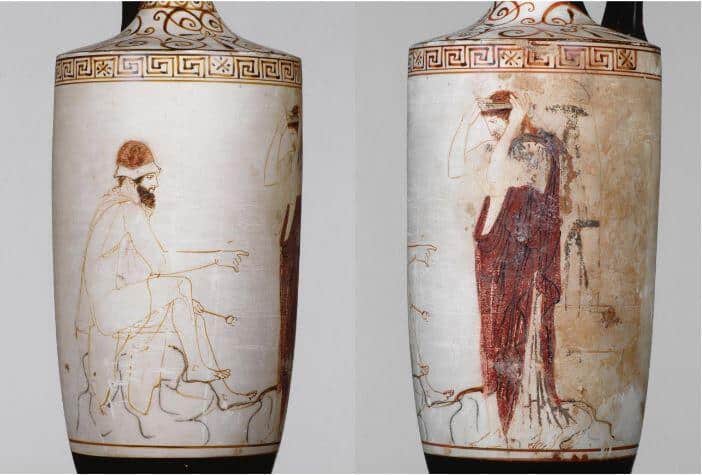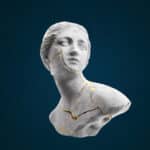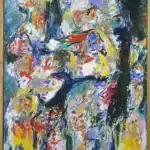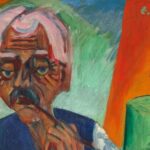The focus of the special exhibition of the Munich State Collections of Antiquities and Glyptothek "What remains of the end - death and remembrance in Greece" at the Pompejanum in Aschaffenburg is on the burial and death rituals of ancient Greece. Precious objects from the holdings of the State Collections of Antiquities in Munich form the starting point for exploring this theme. Grave finds and vase paintings bear witness to communal mourning for the laid-out dead, their journey to the underworld or the recurring visits of the bereaved to the grave. They reveal both social expectations and personal hopes for a lasting memory of the relatives.
Archaeological finds - and often the best-preserved ones - come largely from graves. Ancient Greek cemeteries are therefore among the most well-researched sites. The tombs themselves provide information about the different forms of burial and commemoration of the dead. The grave goods and costume components given to the deceased on their final journey, as well as the pictorial decoration associated with them, provide further clues. However, the images are by no means all related to the realm of the dead, but in many cases also refer to the world of the living and bear witness to a pronounced zest for life.
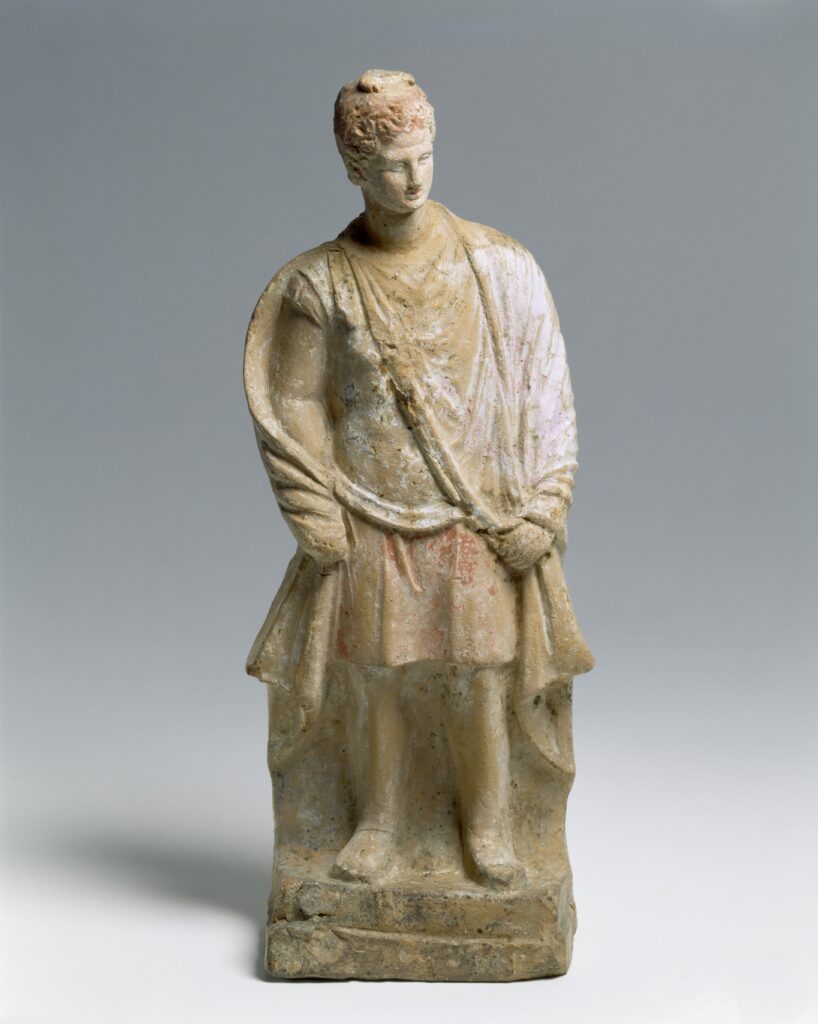
An image of a man: image of the deceased or caring relative. Statuette, terracotta, Tanagra, late 4th/1st half of 3rd century BC, Staatliche Antikensammlungen München © Staatliche Antikensammlungen und Glyptothek München, Renate Kühling
The special exhibition "What remains of the end - death and remembrance in Greece" at the Pompejanum in Aschaffenburg focuses on the burial and death rituals of ancient Greece. Precious objects from the holdings of the Munich State Collections of Antiquities form the starting point. Grave finds and vase paintings bear witness to communal mourning for the laid-out dead, their journey to the underworld or the recurring visits of the bereaved to the grave. This reveals both social expectations and personal hopes for a lasting memory of the relatives.
Greek religion had a fundamentally different idea of the afterlife to ours and promised no hope of redemption. The fear of being forgotten after death played a major role. As tombs could also serve as a widely visible representation of the family, tombs and funerary rituals sometimes took on monumental forms that were not solely aimed at the family of the deceased. Although the grave goods were rarely made individually for the deceased, many of them remain impressive testimonies to intimate mourning to this day.
March 23 to October 27, 2024
www.antike-am-koenigsplatz.mwn.de/pompejanum-aschaffenburg
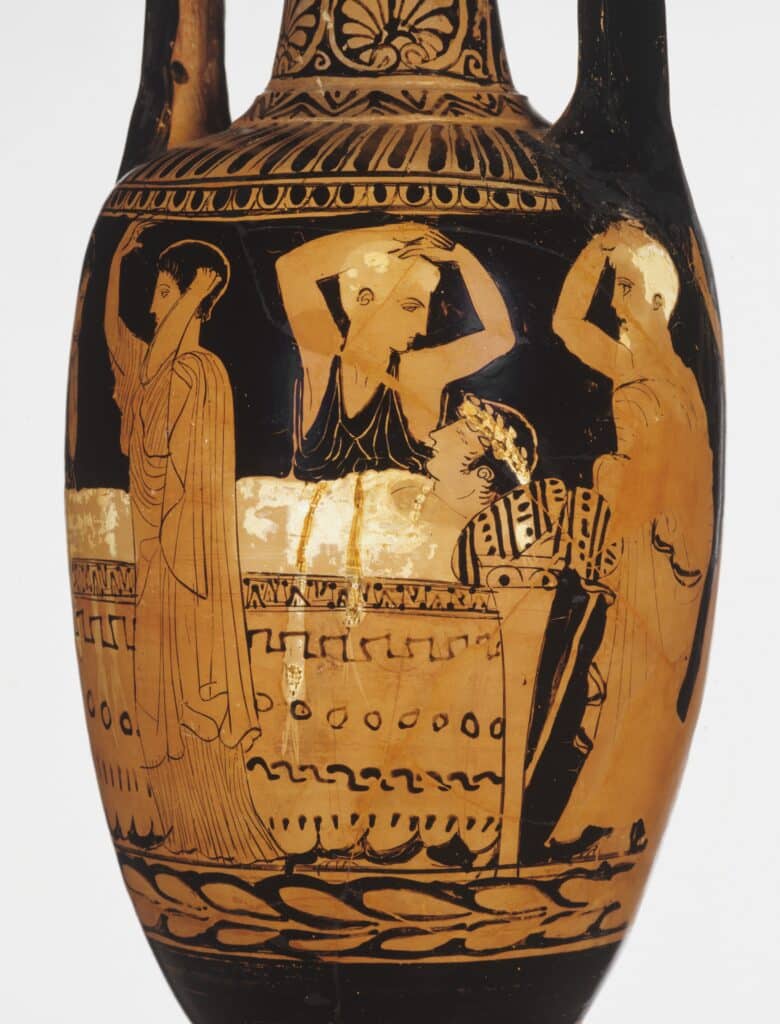
The whole family mourns the man who died young. Attic red-figure loutrophore, clay, c. 440 BC Staatliche Antikensammlungen München © Staatliche Antikensammlungen und Glyptothek München, Renate Kühling

